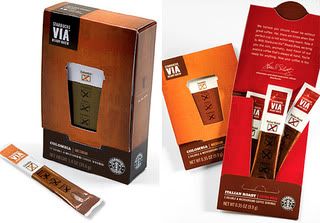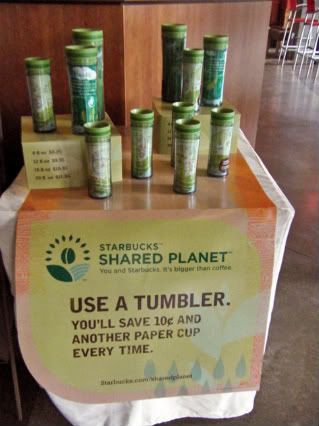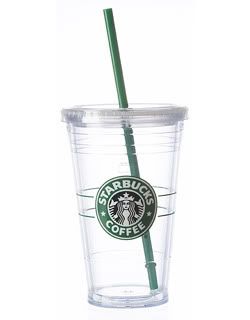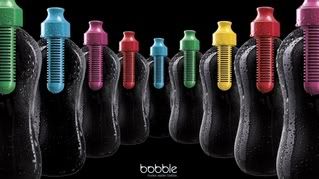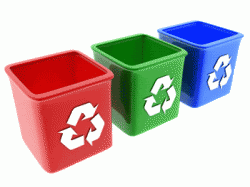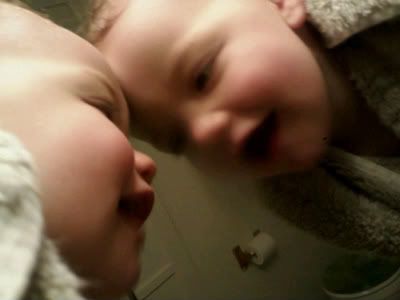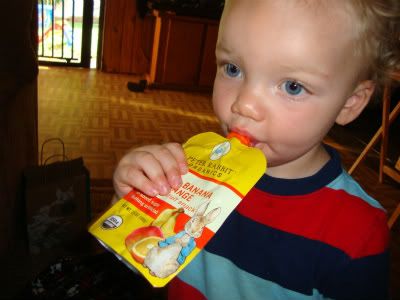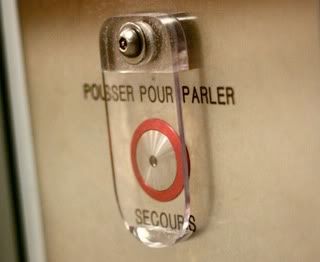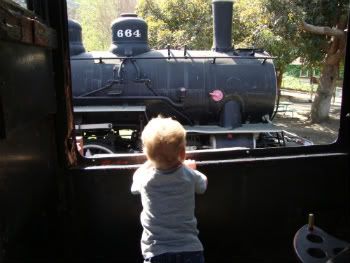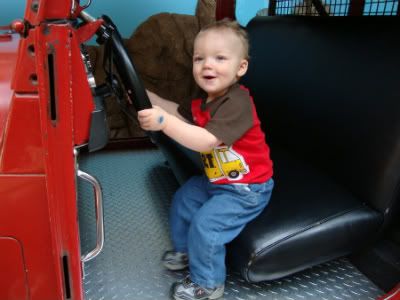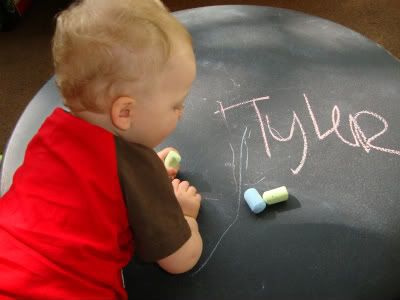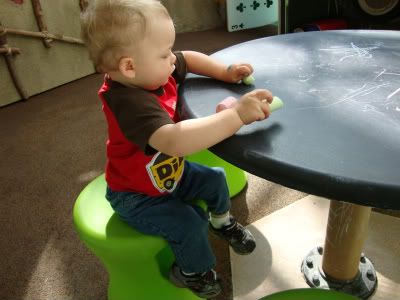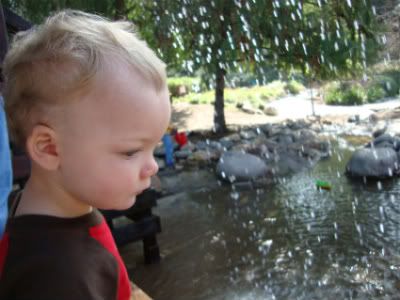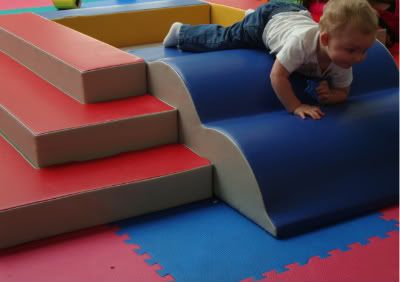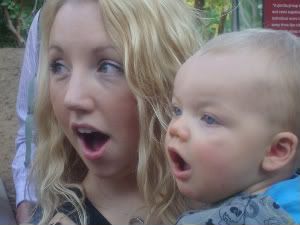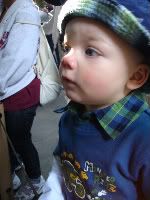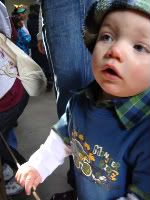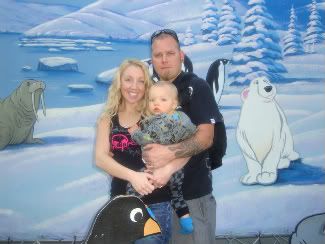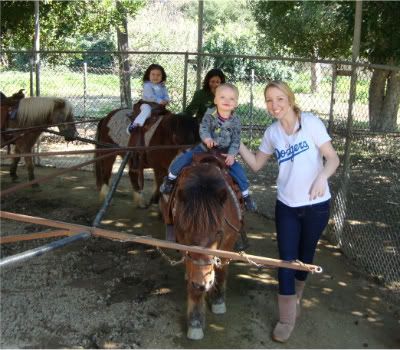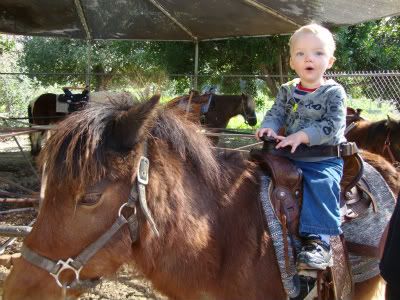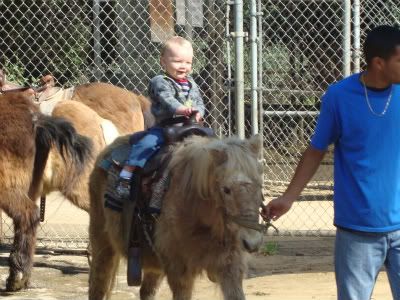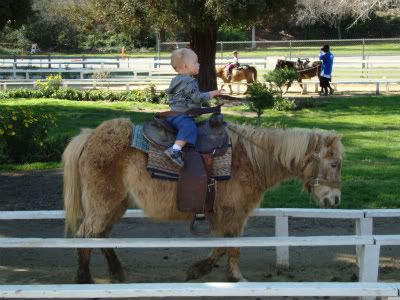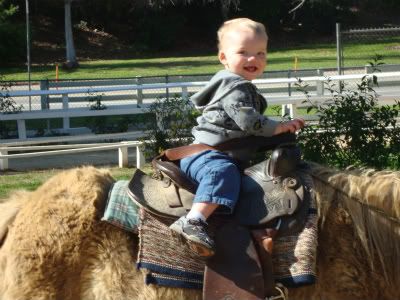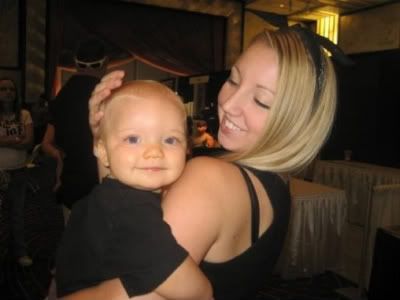Echolalia is the repeating or echoing of words or sentences. This can occur in people from all walks of life: infants, children with autism, Alzheimer patients, and other brain disorders like schizophrenia and Tourettes Syndrome. Echolalia is divided into the two forms immediate and delayed, in which both of those forms can be broken down into the two categories of Interactive and Noninteractive.
B.F. Skinner’s theory of memory based language shows how Echolalia in infants is a normal part of language development. What is inputted into the brain, must be outputted. A child hears Lxy and parrots back Lxy. This mimicry is how children form one to one associations to objects and people. If a mother points at a dog and says “dog,” the child associates the phonology of the word with the image of the dog, and then echoes back “dog.” Noam Chomsky’s theory of language being rule based took into account that some language was memorized, and some were based on rules such as inflectional and derivational morphology. When a child reaches the next developmental stage in language, they should be able to adhere spontaneous dialogue with the words they had learned to echo. For example, a mother says “Look at that dog.” In another situation the mother says “I want you to sit down.” If the child has had normal brain development, they would be able to form the sentence, “I want that dog,” without having heard that sentence word for word. An autistic child with Echolalia would not be able to form this sentence because there is no processing taking place. This is the fine line of where Echolalia becomes a development or a disorder.
Echolalia is a very crucial part of child language acquisition and is broken down into a taxonomy in order to describe the age ranges. “The examiner (1-6 months), the experimenter (7-12 months), the explorer (12-24 months), and the exhibitor (3-5 years) captures the nature of normal language development” (Fahey). These stages are expressed through babbling, gurgling, echoing consonant-vowel sounds, as well as through high and low pitches and tones. “[The Echolalia] phase begins around 18 months of age when a child has mastered imitating words and is just beginning to imitate phrases. Experts tell us that Echolalia peaks around 30 months of age, and declines significantly by the time a toddler turns 3” (Laura). At age three a child is able to use language conversationally and spontaneously by processing the words to respond to questions or to express their own thoughts and feelings. “You should get the sense that your toddler is listening to your responses (most of the time), and that she is thinking about what you say” (Riddle). Children emerging from the echolalia stage should be able to respond with short answers to questions such as: yes, no, okay. Also a good sign of breaking out of echolalia is the use of personal pronouns. Because mimicking is part of normal language development, parents must be aware of signs that the child is not processing or thinking about what is being spoken to them. Toddlers love to mimic, especially because it is easy, it is good practice, they may not understand what you are saying to them, or because it is pleasing to the ear (Riddle). Red flags other than short responses and pronouns, is the lack of responding to their own name, “or not turning to pay attention to you when you speak” (Riddle).
When a child does not leave this stage of echolalia, and its is constant in their language to the point that the responses don’t match the situation, is a sign that the child has motor planning issues. This is represented in both delayed and immediate echolalia. “Immediate echolalia is the repetition of words or phrases that occur immediately or very soon after the original words are spoken” (Laura). This is seen in response to a yes or no question. The mother may ask the child, “are you thirsty?” and the child will respond back “are you thirsty?” in replace of yes. Immediate echolalia is mostly used with intent and is not just short-term memory input, like the example before. If the child was not thirsty, they would not echo the question back. None the less, Immediate echolalia is very tricky to those who interact with the child. “Knowing the person very well would appear to be the key to understanding their specific use of immediate echolalia” (“Echolalia in Children with Autism“).
Delayed echolalia on the other hand, taps into the long-term memory and can make the child appear near genius from their recital of TV commercials, songs, or even parental commands. “[It] is the repetition of verbal messages that were previously heard and which are repeated after a time delay of several minutes, hours, days, weeks, months, or even years” (Vicker). It is easy to spot an echolalia speaker because the syntax and vocabulary may seem advanced or out of place. In Delayed echolalia, not only are the words memorized but the “person’s inflection, tone of voice, and volume” (Laura), can be utilized as well. For example a child may say to their mother, “Let’s put your shoes on,” as an indication to her that the child wants to go outside. This echolalia speaker may use this sentence because they may have heard their mother say this many times before they were about to go outside. With this type of echolalia, different situations may trigger different responses stored in the brain. “In these cases echolalia is representative of how these children process information. They learn in ‘chunks’ without processing meaning of individual words. This learning style is called a ‘gestalt’ style of language acquisition. Children who learn this way also process the sensory and emotional components of the event” (Laura).
In “gestalt processing,” the child memorizes the whole instance of what they hear as a chunk. The child may also store a mental tag with the chunk, such as a key word, which can be associated with the memorized chunk. This type of processing is very common with children who have Autism Spectrum Disorder (ASD). “Typical brains are wired to attempt to obtain meaning from social dialogue. Instead the child with ASD will snatch the phrase or dialogue from his memory when something triggers the associated recall” (Vicker). For instance, a mother might be outside tending to her flower garden and while doing so, makes the comment, “I really should be washing my car.” The child witnessing this may now associate flowers or gardens with the phrase, “I really should be washing my car.” This goes back to the Skinner vs. Chomsky debate in 1958. Gestalt language falls under the Skinner way of thinking by “learning it in chunks rather than the tiny component sounds and specific meaning of each individual sound or word” (“Echolalia in Children with Autism").
Delayed echolalia breaks up into two categories: Interactive and Noninteractive. Interactive scenarios exist between the speaker with echolalia and another person, where as no interactive is for personal use of the speaker. According to the 1984 publication of Analysis of Functions of Delayed Echolalia in Autistic Children by Barry Prizant and Patrick Rydell, there are eight functional categories of interactive echolalia.
1. Turn Taking: Utterances used as turn fillers in an alternating verbal exchange.
2. Verbal Completion: Utterances which complete familiar verbal routines initiated by others.
3. Providing Information: Utterances offering new information not apparent from situational context (may be initiated or respondent).
4. Labeling: Utterances labeling objects or actions in environment.
5. Protest: Utterances protesting actions of others.
6. Request: Utterances used to request objects.
7. Affirmation: Utterances used to indicate affirmation of previous utterance.
8. Directive: Utterances (often imperatives) used to direct another’s actions.
(Prizant & Duchan, 1981)
For some examples of interactive echolalia we can look at the most common ones. In verbal completion a child may be told to wash his hands, and while washing them the child utters, “Good boy.” This is a typical response from either a mother or teacher and it has embedded in their mind that it is a reinforcement of the completion of an act. In directive echolalia a child may go up to an adult and sing a song or echo a chunk of a movie, to indicate which DVD they want to watch. Because they have no means of communication other than what they have heard and memorized as chunks, their ways of communication can be out of the ordinary. As in the interactive category of providing information, a child may be asked, “What do you want for lunch?” The child is not able to process and construct the words to make sentence to express his needs, so the child might sing a song from a lunch meat commercial in order to indicate he wants a sandwich for lunch. It is the key words that the child with echolalia catches, as in the above instance “lunch.” There are only six no interactive categories.
1. Non-focused: Utterances with no apparent communicative intent or relevance to the situational context.
2. Situation association: Utterances with no apparent communicative intent which appear to be triggered by an object, person, situation, or activity.
3. Self-directive: Utterances which serve to regulate one’s own actions. Produced in synchrony with motor activity.
4. Rehearsal: Utterances produced with low volume followed by louder interactive production.
5. Label: Utterances labeling objects or actions in environment with no apparent communicative intent.
6. Self regulatory: Message may have no direct relationship to the situation but the person with ASD has soothing memories associated with the message and repeats it to self regulate. (Prizant & Duchan, 1981)
These no interactive categories are more extreme and harder for a parent or teacher to respond to. For an example of Self-directive, the child might be jumping on his bed and say angrily to himself, “How many times have I told you not to jump on the bed. Don’t make me count to three.” The child then responds to their own commands and stops jumping on the bed. In the functional category of labeling a child with echolalia may see an open window, and even though it is over 80 degrees outside, he might be walking around saying “Close the window, it’s cold inside.” Although the child is not cold and makes no attempt to close the window, it is a label mechanism in order to learn objects.
Echolalia in autistic children needs to be better understood to help them break through this stage and onto better language development. Echolalia is a developmental stage for every young learner, it just so happens that those with autism get stuck at the level of development for a longer period of time. “The value of echolalia for the person may be that the echoed words and significant cues become stored information for the person to refer to later as internal rehearsal of the event” (“Echolalia in Children with Autism" ). It seems that echoing is rewarding to the child because it encourages them to match what others say. Where children with autism get stuck in this echolalia stage, it may identify to be a good sign toward their future language growth. It can be used to teach children to name objects as well as being “a functional step in the person with autism’s cognitive and language development” (“Echolalia in Children with Autism" ).
Echolalia is a disorder in which many techniques are being used to help associate children with the appropriate answers to questions. Schreibman and Carr taught children with echolalia to say “I don’t know,” when a what, how, or who question was asked. The phrase was then reinforced immediately. “The researchers found that training a child to respond to an unknown question with “I don’t know” in a few instances, led to the child being able to use this new phrase appropriately when asked other questions they did not know the answer to” (Hefner). The Cues-Pause-Point Method for Overcoming Echolalia was developed by McMorrow and Foxx in 1986. Step one is to select ten questions from three content areas: Identification, Interaction, and Factual. The questions are asked and the responses are recorded. Step three is to “teach the person to verbally label word cards or picture cards that will be used to prompt the correct answer to the questions” (Hefner). In step four the questions are asked and the correct prompt card is then pointed to, allowing the child to know what to answer. All thirty questions must be correctly answered for three consecutive sessions. Step five eliminates the prompt cards from the matching questions. Step six lessens the reinforcement to the child with echolalia and step seven is to ask other questions and observe their responses. Although dealing with this type of language disorder can be tricky and frustrating, it is all about practice and reinforcement. A general approach to responding to a child with echolalia, would be to ask a question like so: “Do you want a cookie, yes or no?” If the child echoes back the last word which is “no,” the speaker should accept that response and not present the child with a cookie. If the child looks upset, responding with “It looks like you changed your mind. If you want a cookie, say ‘yes’ ” (Hefner). It must be understood that echolalia is a functional step in both toddlers and children suffering from autism and this learning condition should be supported and handled with positive strategies in order to allow the child to grow and learn on their own.
"Echolalia in Children with Autism." Educational Toys & Resource Guide to Child Development. Bright Tots® Inc. Web. 09 May 2010
.
Fahey, Kathleen. "At What Age Should Echolalia Cease?" Speech Pathology. 10 Apr.2006.Web. 07 May 2010. .
Heffner, Gary J. "Echolalia and Autism." BBM Autism Support Network. Center for Autism Training at GSSH, July 2000. Web. 8 May 2010. .
Laura. "Echolalia……….What It Is and What It Means." Teachmetotalk.com. 01 June 2008. Web. 07 May 2010. .
Prizant, B. & Duchan, J. (1981) The Functions of Immediate Echolalia in Autistic Children. Journal of Speech and Hearing Disorders, 46, 241-249.
Riddle, J. "Life With Little Children." Web log post. Wordpress. 08 Oct. 2007. Web. 7May 2010.
Vicker, Beverly. "Functional Categories of Delayed Echolalia." Access Autism. Indiana Resource Center for Autism, 2009. Web. 8 May 2010. .

